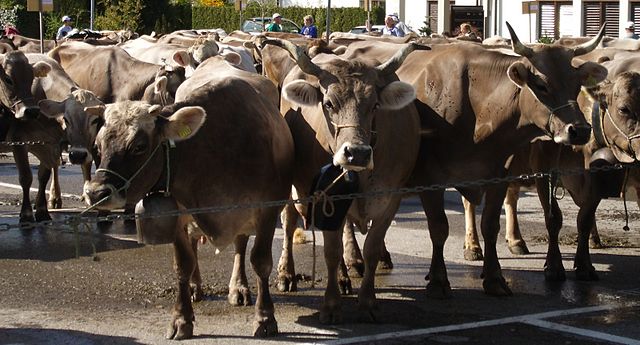An invasive species is an introduced species to an environment that becomes overpopulated and harms its new environment. Invasive species adversely affect habitats and bioregions, causing ecological, environmental, and/or economic damage. The term can also be used for native species that become harmful to their native environment after human alterations to its food web. Since the 20th century, invasive species have become a serious economic, social, and environmental threat worldwide.
North American beaver dam in Tierra del Fuego
Kudzu, Atlanta
Canada goldenrod as a roadside weed in Poland
Vinca in a garden
An introduced species, alien species, exotic species, adventive species, immigrant species, foreign species, non-indigenous species, or non-native species is a species living outside its native distributional range, but which has arrived there by human activity, directly or indirectly, and either deliberately or accidentally. Non-native species can have various effects on the local ecosystem. Introduced species that become established and spread beyond the place of introduction are considered naturalized. The process of human-caused introduction is distinguished from biological colonization, in which species spread to new areas through "natural" (non-human) means such as storms and rafting. The Latin expression neobiota captures the characteristic that these species are new biota to their environment in terms of established biological network relationships. Neobiota can further be divided into neozoa and neophyta (plants).

Cattle Bos primigenius taurus introduced but not naturalized worldwide
Sweet clover (Melilotus sp.), introduced and naturalized in the Americas from Europe as a forage and cover crop
Wheat Triticum introduced worldwide from its place of origin (Mesopotamia)
Male silver pheasant








